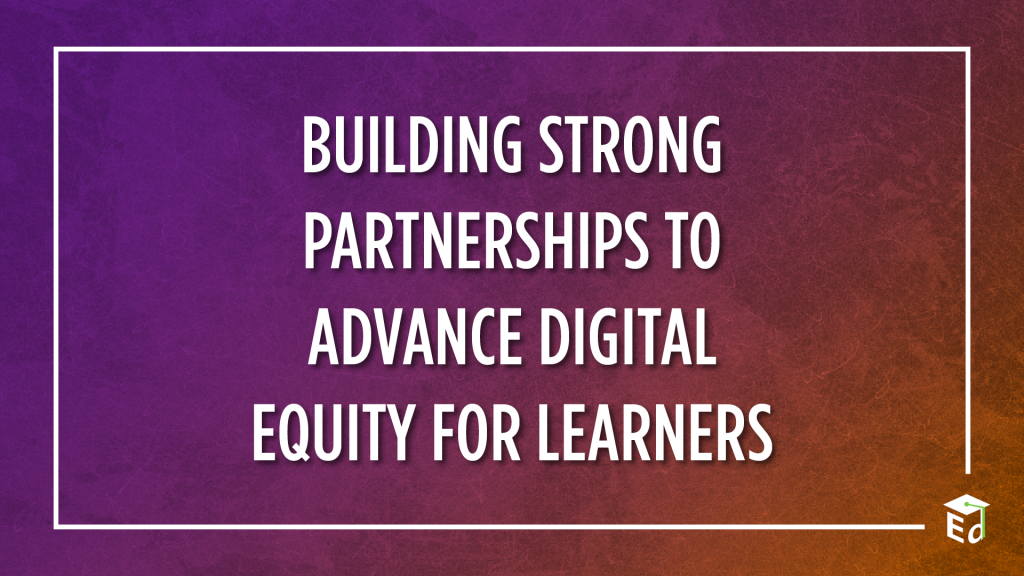
By Roberto Rodríguez, Assistant Secretary, Office of Planning, Evaluation, and Policy Development, and Kristina Ishmael, Deputy Director, Office of Educational Technology
During the U.S. Department of Education’s National Digital Equity Summit, Secretary Miguel Cardona emphasized that “interagency collaboration matters.” Siloing efforts to close the digital divide between different sectors can impede the capacity for collective, sustainable impact.
Through the broadband and digital equity programs included in the Bipartisan Infrastructure Law (BIL), led by the Department of Commerce’s National Telecommunications and Information Administration (NTIA), we have an opportunity to fully harness the power of partnerships between state educational agencies and broadband leaders, toward a shared vision of digital equity.
To achieve the vision articulated in the BIL for a future where all “individuals and communities have the information technology capacity that is needed for full participation in the society and economy,” the Department urges state leaders to collaboratively strategize to advance digital opportunities for all learners.
As part of the first phase of implementing these programs, states will develop digital equity plans throughout 2023. Already, several states are already exemplifying such collaboration in their initial steps towards building a state digital equity plan. Broadband leaders in Georgia have invited the state’s education agency to be an active member of its interagency advisory committee, while the California Department of Technology is partnering with their counterparts at the California Department of Education to develop tactics for collecting input from school communities throughout the state.
Given their experiences navigating the pandemic, identifying barriers and strategies, developing trusted relationships in communities, and building digital skills, education leaders can provide essential perspectives on how to meet the needs of “covered populations” required by the BIL. This kind of interagency dialogue at the state level can further help answer key questions such as:
- What existing data and ongoing evaluations can the education sector provide to help identify the needs of different learner populations served by schools, higher education institutions, adult learning providers, and other education partners?
- How can education leaders help ensure that local communities are involved in co-creating and evaluating the merits of different digital inclusion strategies? For example, how can education leaders activate learners, families, and educators to participate in surveys, community meetings, focus groups, and public comment periods announced by the state digital equity planners?
- How can members of the education sector serve as trusted assets when implementing digital inclusion strategies, such as those described in OET’s Advancing Digital Equity for All resource?
- How can education leaders contribute to the sustainability of strategies outlined in digital equity plans? For example, how can resources described in OET’s Dear Colleague Letter be braided with funds from the Bipartisan Infrastructure Law in support of shared goals and objectives?
As the country recovers from the pandemic, education leaders continue to step up as champions of digital equity in their communities, often leading the charge to ensure that all learners can unlock opportunities through affordable, reliable, high-speed Internet service and technology tools for learning. The time is now to ensure that collective expertise, capacity, and experiences across different sectors are fully leveraged to design, sustain, support, and scale digital equity solutions for all.

